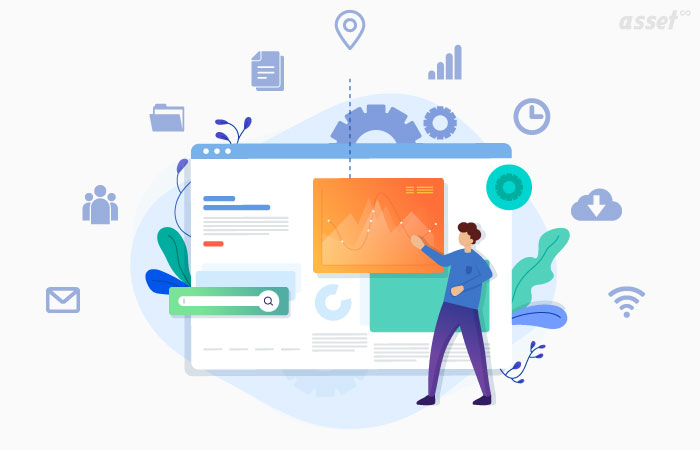IT asset management software is an essential for businesses to manage their IT assets efficiently. It helps companies track their assets, maintain inventory, and manage their software licenses. However, more than implementing IT asset management software alone is not enough. To achieve cost-effective management, businesses need to optimize their ITAM practices. In this blog post, we will discuss five ways to optimize IT asset management software for cost-effective management.
Track Assets Efficiently
Asset tracking is crucial for businesses to manage their IT assets efficiently. It helps companies identify assets, locate them, and monitor their usage. Efficient asset tracking can help companies reduce asset loss, optimize asset usage, and prevent unnecessary purchases. To track assets efficiently, businesses should:
- Use barcodes or RFID tags to label assets
- Implement a centralized asset-tracking system
- Conduct regular physical asset audits
- Keep track of asset usage data
- Monitor asset maintenance schedules and Implement
Software Optimization.
Software optimization is another key aspect of cost-effective IT asset management. Businesses can reduce unnecessary software purchases and licenses by optimizing software usage, saving them money. To implement software optimization, businesses should:
- Conduct a software audit to identify software usage patterns
- Utilize software metering to monitor software usage
- Implement a centralized software management system
- Utilize license optimization tools to manage software licenses effectively
- Review software usage regularly to identify areas for optimization
Focus on Asset Lifecycle Management
Asset lifecycle management involves managing an asset from acquisition to disposal. By focusing on the asset lifecycle, businesses can optimize asset usage, reduce costs, and minimize waste by focusing on the asset lifecycle. To manage the asset lifecycle effectively, businesses should:
- Conduct a comprehensive inventory of assets
- Determine the expected lifespan of assets
- Implement maintenance schedules to extend the lifespan of assets
- Develop a plan for asset disposal
- Consider leasing assets instead of purchasing to reduce upfront costs
Embrace Automation
Automation can help businesses streamline IT asset management processes and reduce the workload on IT teams. By automating repetitive tasks, businesses can free up time for IT teams to focus on other critical tasks. To embrace automation, businesses should:
- Utilize an automated inventory management system
- Automate software updates and patches
- Implement an automated asset-tracking solution
- Utilize an automated ticketing system for IT support requests
- Consider implementing artificial intelligence (AI) to automate ITAM tasks
Utilize Data Analytics
Data analytics can provide valuable insights into IT asset usage and help businesses make informed decisions about their IT assets. By utilizing data analytics, businesses can optimize asset usage, reduce costs, and improve ITAM practices by utilizing data analytics. To utilize data analytics effectively, businesses should:
- Implement a centralized data management system
- Collect and analyze data on asset usage, maintenance, and lifecycle
- Utilize predictive analytics to forecast IT asset usage and requirements
- Utilize real-time analytics to monitor asset usage and identify areas for optimization
- Utilize business intelligence tools to generate reports and make informed decisions
Conclusion
Optimizing IT asset management software is critical for cost-effective management. By tracking assets efficiently, implementing software optimization, focusing on asset lifecycle management, embracing automation, and utilizing data analytics, businesses can optimize their ITAM practices and reduce costs. Implementing these tips can help businesses manage their IT assets efficiently and cost-effectively. So, start optimizing your IT asset management software today and achieve better ITAM practices.





Comments